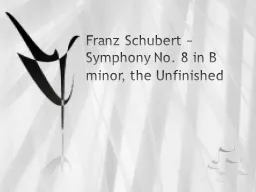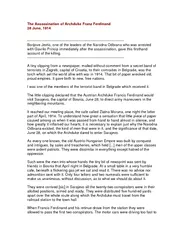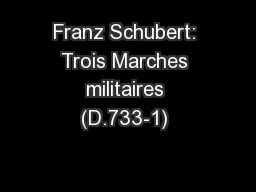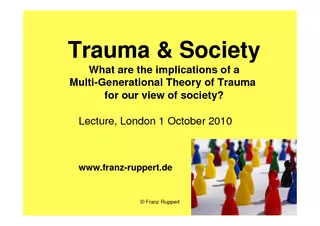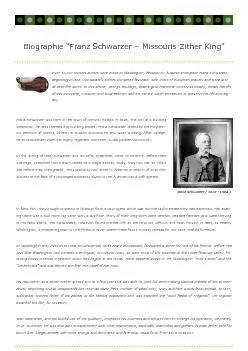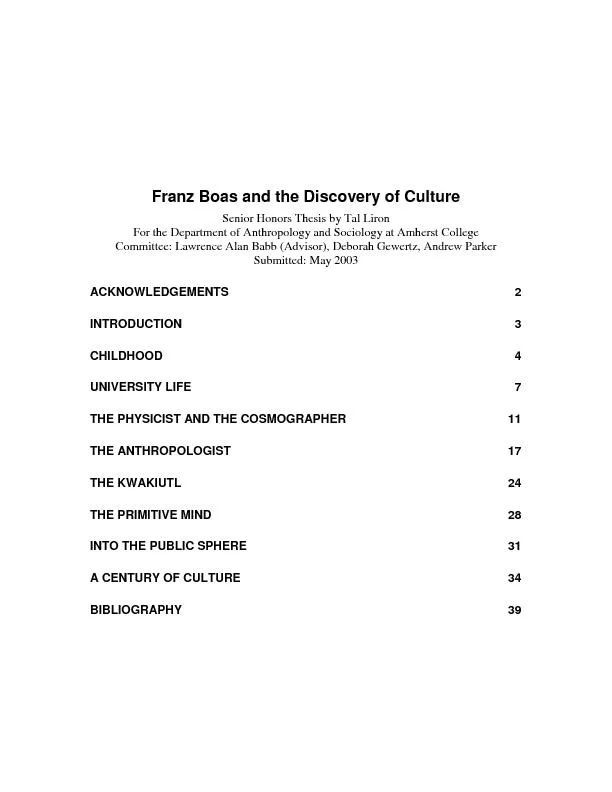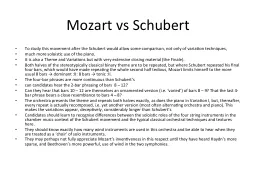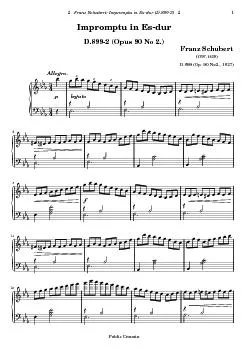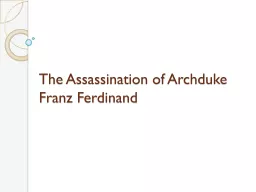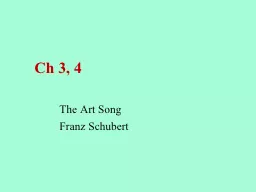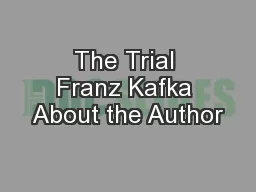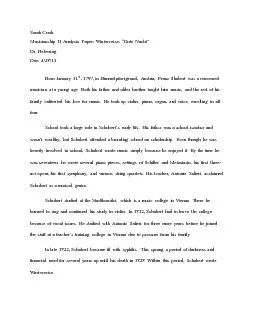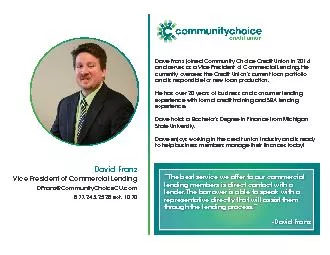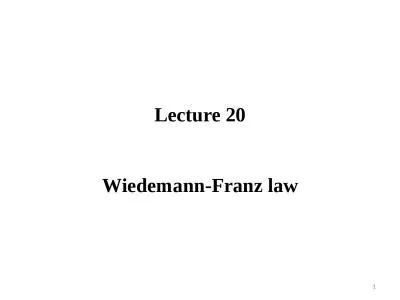PPT-Franz Schubert ~
Author : yoshiko-marsland | Published Date : 2016-08-03
Symphony No 8 in B minor the Unfinished Early Life Born January 31 st 1767 Franz Peter Schubert was one of eleven children Seven of his brothers and sisters died
Presentation Embed Code
Download Presentation
Download Presentation The PPT/PDF document "Franz Schubert ~" is the property of its rightful owner. Permission is granted to download and print the materials on this website for personal, non-commercial use only, and to display it on your personal computer provided you do not modify the materials and that you retain all copyright notices contained in the materials. By downloading content from our website, you accept the terms of this agreement.
Franz Schubert ~: Transcript
Download Rules Of Document
"Franz Schubert ~"The content belongs to its owner. You may download and print it for personal use, without modification, and keep all copyright notices. By downloading, you agree to these terms.
Related Documents

